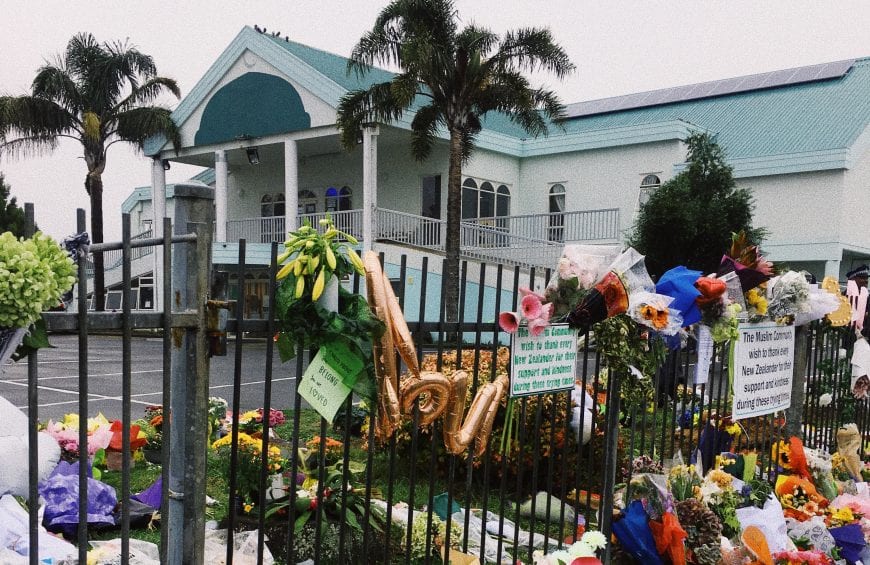Following the recent eruption of Hunga-Tonga-Hunga-Ha’apai and the ensuing tsunami, Carlos Calderόn Oxfam Aotearoa Humanitarian Lead said:
“We share the concern of our Tongan whanau here in Aotearoa, New Zealand, and our heart goes out to all those impacted by this event. We are monitoring the situation as closely as possible.
“With little communication getting through, we cannot be sure how much damage there may be. Our colleagues have reported volcanic ash upon the ground of approximately 1-2 centimetres. Until we know more, our immediate concerns are air and water pollution from volcanic ash.”
Oxfam in the Pacific runs two programmes in Tonga: The Water, Sanitation and Hygiene (WaSH) programme and Food Security and Livelihoods Programme. Oxfam in the Pacific also works with several partners locally, including Tonga National Youth Council, Tonga National Council of Churches (TNCC), Ma’a Fafine mo e Famili Inc. (MFF), Tonga Leitis Association (TLA), Civil Society Forum of Tonga (CSFT).
More to follow.
For more information please contact:
David Bull | +64 274 179 724 | [email protected]






